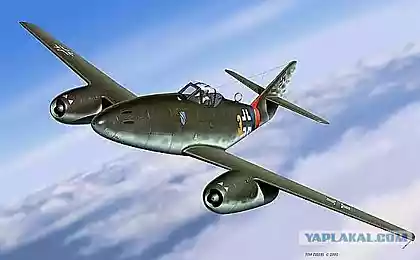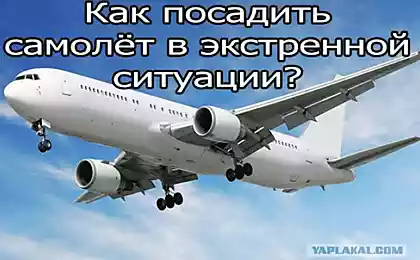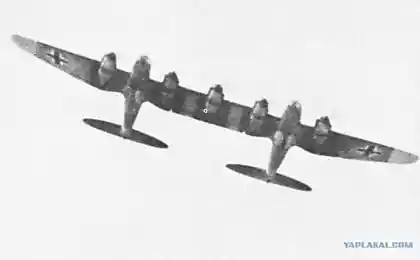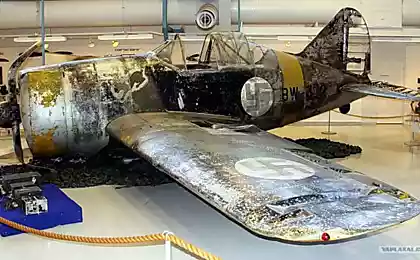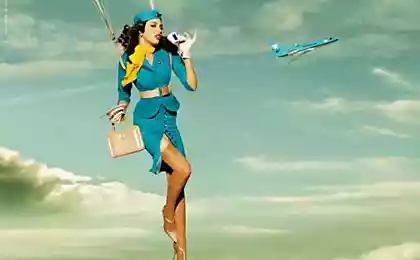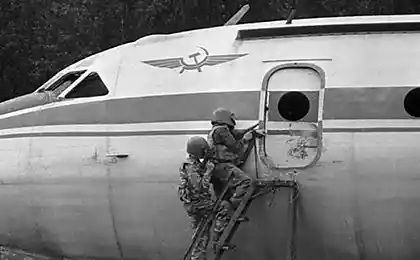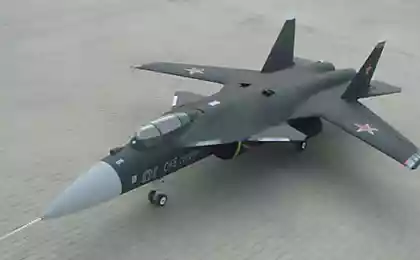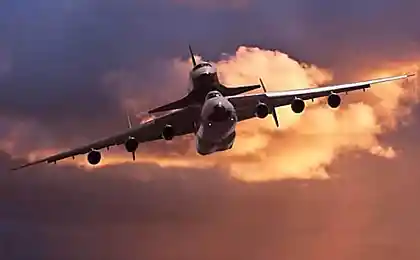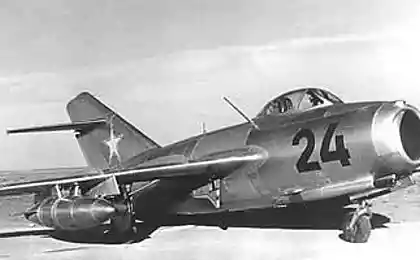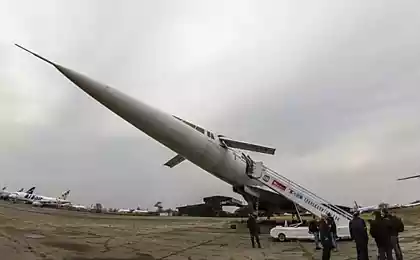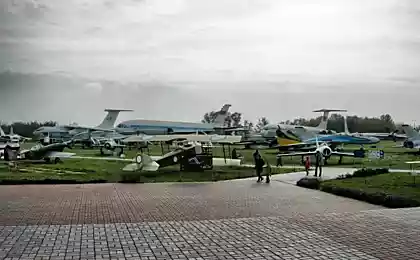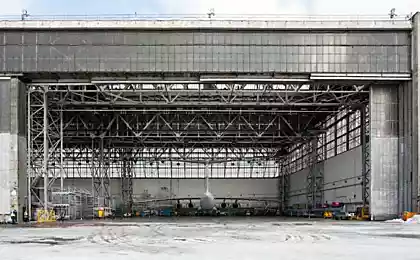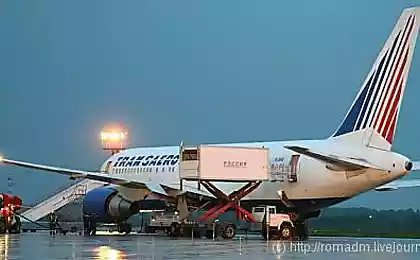1996
In-flight refueling
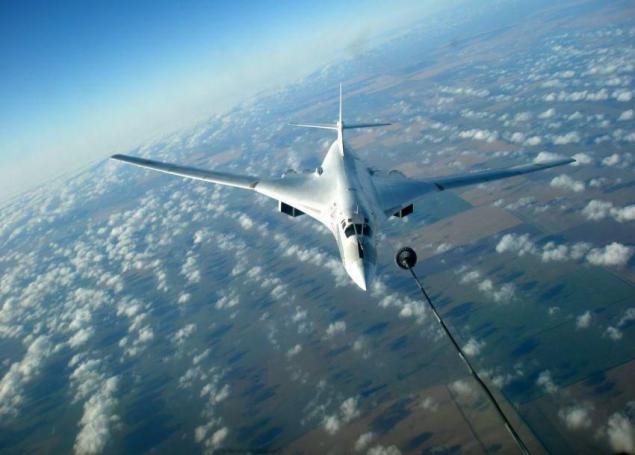
Alexander P. de Seversky, a Russian and an American pilot, inventor, aircraft (1894-1974)
It is believed that the idea of authorship refueling belongs to Russia. It was launched in 1917 in our country and patented in 1921 in the USA Russian emigre, a test pilot and later aircraft designer Alexander Prokofiev-Seversky.
However, in the world to refuel in the air began in 1912. It looked quite funny: a can of gasoline simply passed from one airplane to another. Then become fit for this hose that dumped from one aircraft and manually catch on the other. Pumps, of course, not yet invented, fuel comes down just under the influence of gravity.
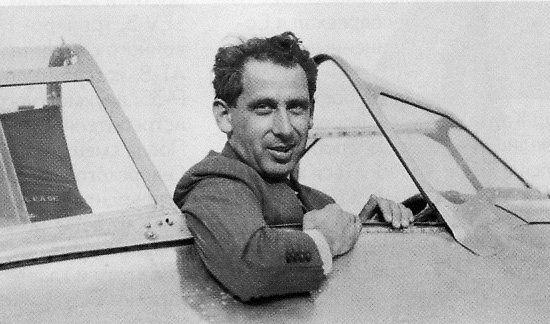
The first in the history of air refueling aircraft between Airco DH.4. June 27, 1923
The first successful refueling of this kind took place June 27, 1923. Its pilots carried USAF (US Air Force). Spent refueling from the wing to wing between the two aircraft Airco DH.4.

Aircraft Curtiss Robin. Refueling
The era of competition for the longest duration flight without landing. Starting in the same 1923, the year with 37 hours with nine refuel, to the mid-1930s American pilots learned to stay in the air for several weeks.
In 1935, brothers Fred and Al Key on the aircraft Curtiss Robin set a record non-stop flight: 653 hours and 34 minutes (more than 27 days). They soared 4 June and landed on July 1. Food pilots rappel. Maintenance of the engine was carried out also on the fly. For this round of the motor was equipped with a special platform on which, if necessary, and select one of the pilots.

MiG-19 (SM-10). Refuelling in air
There was then a way to refuel (hose with a conventional fuel nozzle) was extremely dangerous. Pistol at any moment could wrest from the mouth of a fuel tank, and jet fuel to fly straight onto the hot motor housing.
Do not look much easier this process now. It is hardly necessary to explain that in-flight refueling produce only military aircraft. Passenger that likely will never allow. Firstly, for reasons of safety. And secondly, on the uselessness - they do not happen so long and secretive missions as the military.
But back in the 1930s. In the UK in 1934, the famous English aviator Alan John Cobham has developed the world's first real flight refueling system, consisting of a rope with claw hooks, harpoons and hose. To improve their production systems and appropriate equipment, he founded the company Flight Refuelling Limited (FRL). The company, by the way, still exists.
In Russia, the idea of creating a tanker planes started to develop at the turn of the 1930s. At its source was known aircraft designer Vladimir Vakhmistrov. The first successful tests were conducted to them in 1932.
However, until the beginning of the Cold War, the development of methods of refueling remained rather separate competition enthusiasts. And the main goal of the inventors of the military was not its application, and the transatlantic commercial flights.
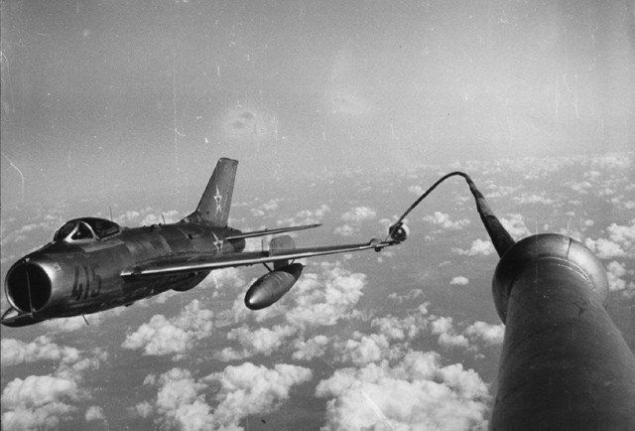
Air refueling Tu-16P
The advent of nuclear weapons has forced the governments of different countries, and especially the Soviet Union and the United States to reflect on finding ways to increase the radius of action of aircraft for strategic and tactical aircraft. Studies refueling received official status.
In the Soviet Union work was carried out on various types of aircraft in different size. Including the same Vahmistrova who successfully developed the ideas of the English firm FRL.
Own system of air refueling "from wing to wing" developed two test pilot Igor Shelest and Victor Vasyatin. Their invention is also based on the method proposed by FRL, but was much more effective and easier. Subsequently, it was taken as a basis and massively applied in the Soviet Air Force until the late 1990s.
System "from wing to wing" was used only in the USSR, and only on the Tu-4 and Tu-16. No other country, this method was not used - it was still too risky.
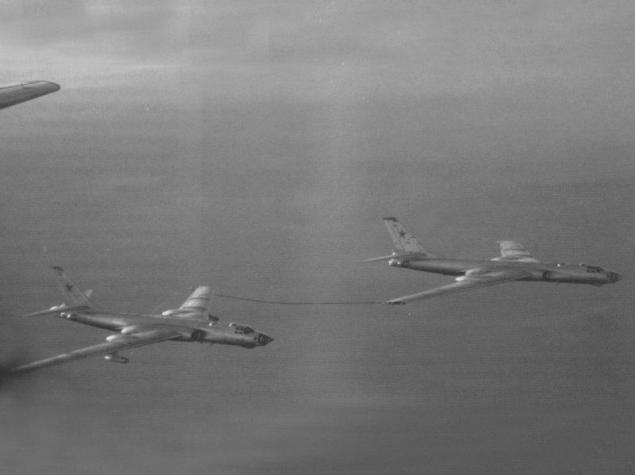
Su-24 refueling
Much more common in the world system has received "hose cone-rod." Its development since the end of 1952 was engaged in the OKB-918. Now it is - the famous Research and Production Enterprise (SPE) "Star" Academician GI Severin of the holding "Aircraft Equipment».
The basis of the "hose-cone-rod" amounted developments Vladimir Vahmistrova group, which continued its activities in the OKB-918. In 1953, the system was successfully tested Vahmistrova during refueling simultaneously two MiG-15 tanker from the Tu-4. Cables are not used. Two points refueling located on the wingtips. Produced hoses with cones docked with special telescopic bars fixed to the bow of the fighters.
In the mid-1950s, when the problem of refueling fighter lost relevance, this system has been adapted for the bombers. And above all, a strategic M-4. As a tanker aircraft began to use a smaller Tu-16.
With the advent of a new Air Force Sukhoi Su-24 (1975), the scientists faced with the task of developing new ORM (unified suspended aggregates filling) - especially for him, that is, is suspended, for the bomb bay in the "dry" no. Tankers for him was IL-78.
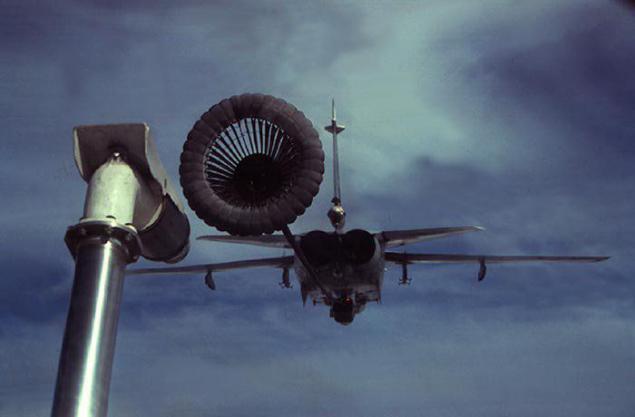
Air refueling Tu-95
Since the end of 1980, all newly developed tactical aircraft began to create with regard to possible air refueling Su-24M and MiG-29, MiG-31, Su-27, some copies of the MiG-25 "heavy" Tu-95MS and Tu -160, A-50, IL-80. Shelf tankers arrived too: there were fighters and tankers, of course, the hope and support of Russian strategic aviation - modified Il-78M.
The average time of receiving fuel during aerial refueling to six minutes for the helicopter, 20 - for the bomber and 45 - for the tanker.
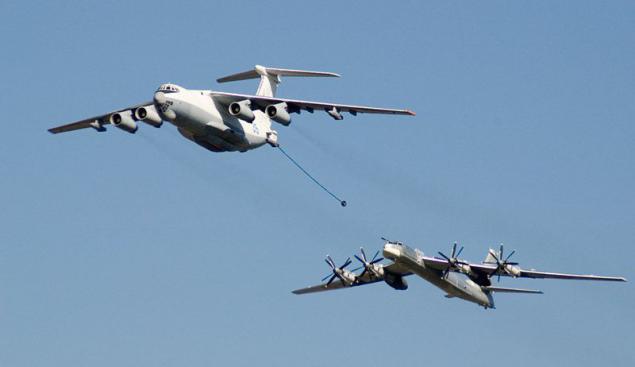
The only company in the country to develop a refueling system remains SPE "Star". Currently there are available as receivers (receivers head of fuel), mounted on booms fueled aircraft and several modifications ORM for tanker planes, with a length of hose from 26 to 28 meters and a capacity overflow from 1600 to 2900 liters per minute. < br />


Source: topwar.ru





